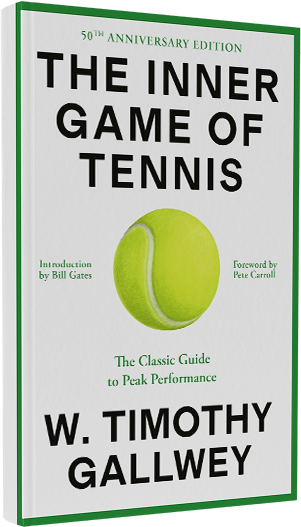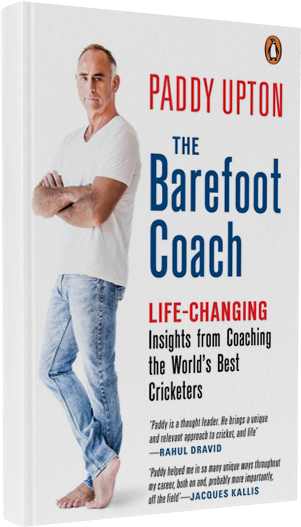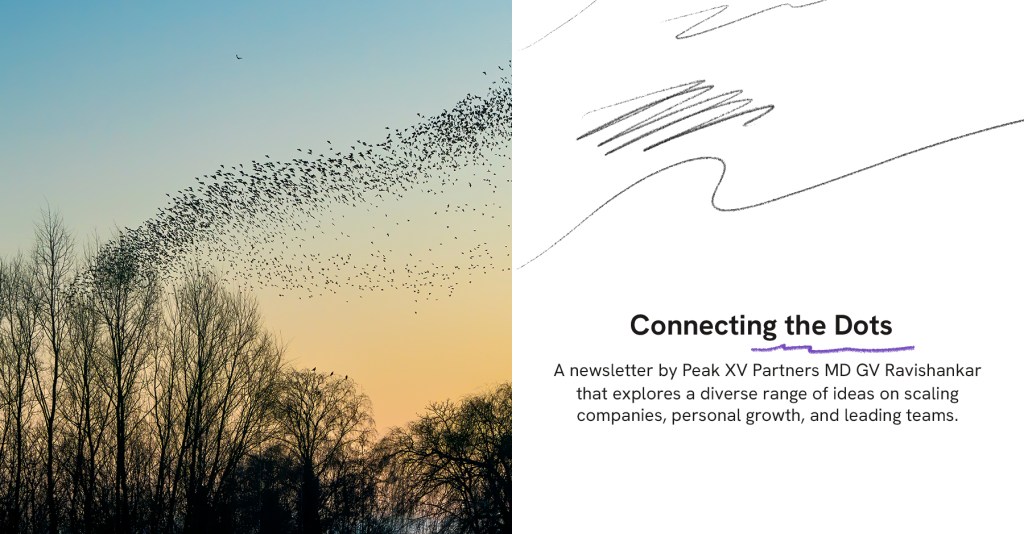In Praise of Randomness
ByGV Ravishankar
Photography:ALEXANDRA JEFFERSON SMITH
PublishedJuly 3, 2024
“The desire to explore is what differentiates entrepreneurs from others who look for certainty, from those who follow a known and well-planned path.”
On the first day of my exchange program class at the Copenhagen Business School, the professor went up to the whiteboard and drew an ant, and then went on to show how the ant foraged for food and the seemingly random walks ants take while exploring their immediate neighborhood in search of food. He then spoke to us about how entrepreneurs have a similar approach to exploring their environment for opportunities. This desire to explore is what differentiates them from others who look for certainty, from those who follow a known and well-planned path. The former, he argued, allowed the entrepreneurs to have some non-linear upsides.
I am a moderate J in the Myers-Briggs Type Indicator framework (not sharing my full type, but I am in the rarest category for men when it comes to my type—you can hence call me strange or if you feel charitable, you can call me unique!). As a J, not planning makes me anxious, and I seek a sense of control over my day and life. Hence, our family vacations tend to be well planned and we rarely deviate from those plans. We also stick to familiar places and routes once in a city. But on one such trip to Rome, we were coming back from a planned lunch outing when we decided to take a different route back. While on that route, we walked past a store that served the ‘best tiramisu in Rome’ (Travelers Choice Award 2023). We reaped the rewards of the random walk back, and this took my mind back to the professor’s lesson, entrepreneurship, and the possible rewards of randomness.
As we look around, randomness seems to be at the heart of many different processes in nature. Inside us, our own T cells, which play a central role in our immune response, exhibit random exploratory behavior when moving through the bloodstream and lymphatic system. Their movement is random, allowing them to encounter a wide variety of cells, and if the T cell’s receptor matches an antigen of an infected or cancerous cell, it triggers an immune response. This random search mechanism ensures a quick immune response to new and diverse threats and increases our safety.
Honeybees exhibit random exploratory behavior when foraging for nectar and pollen, and so do bats that forage for fruits. Plants disperse their seeds through the wind in random patterns. This randomness increases the likelihood that seeds will land in a suitable environment for germination and growth. Our own genes continue to mutate randomly, which, over time, results in more favorable adaptation and evolution through selective breeding. As you look across nature, randomness does not appear as random and feels like the main plan! We should take a moment to reflect on this and question ourselves about the excruciatingly detailed choreography we engage in when it comes to our plans.
Most of us, and certainly I, look for a controlled life, one where we can match outcomes to inputs and feel like we can control outcomes by controlling inputs. The correlation of outputs to inputs is definitely real: the harder we work, the more we have to gain; the better we prepare, the better we can perform a task, etc. But to assume that everything, when structured, will maximize outcomes is missing the whole point about how nature has taught us to find rewards. In reality, luck and serendipity make significant contributions to outcomes, and we downplay the role of luck to give ourselves more credit so we can feel a lot better about ourselves and feel more in control.
You may now ask, should we then follow the ways of bees and ants and keep going on random walks? Obviously, I won’t recommend or follow that since I can’t deal with the cognitive dissonance that will ensue. But it is worth asking how to include some randomness in our lives. As we plan and focus, we get to “exploit” more of what we have and know, but adding “explore” to the mix allows us to find new rewards that we haven’t found yet. Exploration also adds to the fun and play in our lives, versus focused exploitation. Think of the unanticipated surprises in life and the pleasures derived from this exploration.
How do we know when to explore or exploit? This is where the concept of bullets and cannonballs from the book Great by Choice by Jim Collins provides us a framework.
“First, you fire bullets (low-cost, low-risk, low-distraction experiments) to figure out what will work—calibrating your line of sight by taking small shots. Then, once you have empirical validation, you fire a cannonball (concentrating resources into a big bet) on the calibrated line of sight. Calibrated cannonballs correlate with outsized results; uncalibrated cannonballs correlate with disaster. The ability to turn small proven ideas (bullets) into huge hits (cannonballs) counts more than the sheer amount of pure innovation.”
This, of course, is articulated in a business context, but this is exactly modeled on how ants and bees forage: they take random walks at low cost before locating a source of food, which they then get the entire community to exploit and then move to their next source. For those of us mostly in the mode of exploiting what is familiar, it is often a good idea to explore once in a while. Exploration works better when the environment is uncertain and the cost of failure is not significantly higher than that of exploration.
So instead of planning everything 100%, always allow for some slack and sprinkle in some randomness to unlock new paths and solutions and allow for accommodation of the random events. This is how we improve serendipity and benefit from the unplannable and sometimes unknowable upsides of these random walks. Go on, explore, play, knock on a few extra doors, add an extra hobby, join a new interest group, explore a new city, add some randomness! Maybe the best tiramisu is waiting for you on that entrepreneurial journey!
“Most of us, and certainly I, look for a controlled life, one where we can match outcomes to inputs and feel like we can control outcomes by controlling inputs … But to assume that everything, when structured, will maximize outcomes is missing the whole point about how nature has taught us to find rewards.”
Recommended Reads
Three articles I found interesting:
– Trung Phan’s article, Learning to Slow Down Time, explores why it feels like time moves faster as we age and how to counter this perception. He emphasizes creating novel and memorable experiences, like spontaneous trips and engaging in new activities. This helps lay down denser memories and stretches our perception of time.
– Thanks to my colleague Harshita Jain for this recommendation. In this article, William Deresiewicz argues that true leadership requires the ability to think independently and make decisions without the constant influence of others. The essay highlights the importance of critical thinking, moral courage, and the ability to set meaningful goals, suggesting that these qualities are often lacking in contemporary leaders.
– If you haven’t seen this visual already, it really does blow your mind! Maps taught in schools often use the Mercator projection, which distorts the relative size and shape of countries and continents, making regions near the poles appear larger than they are. This distortion affects our perception of the world, emphasizing Western countries and underrepresenting the Global South.
Book recommendations if you have time for
longer reads:

The Inner Game of Tennis: The Classic Guide to the Mental Side of Peak Performance
by W. Timothy Gallwey
Thanks to Deepak Jayaraman for recommending this wonderful read. Somewhat similar to Eugen Herrigel’s Zen in the Art of Archery, this book introduces us to the concept and conflicts between the conscious mind (Self 1) and the subconscious mind (Self 2). Gallwey advocates for quieting Self 1 to allow natural abilities (Self 2) to flourish, using techniques like non-judgmental observation and relaxed concentration. This approach enhances performance, enjoyment, and learning in tennis and life in general.

The Barefoot Coach: Life-Changing Insights from Coaching the World’s Best Cricketers by Paddy Upton
With India back as T20 World Champions, this book is a timely read for us to understand what goes on behind the scenes and how supporting and backing players by allowing them to choose how they train and letting them play their natural game results in good outcomes. Lots of anecdotes make this an interesting read, especially for cricket enthusiasts.
Do write in at gv@peakxv.com if any of my interests intersect with yours! Click here to read more articles on Peak XV’s blog. For more editions of Connecting the Dots, click here. I’m also on LinkedIn and Twitter.
